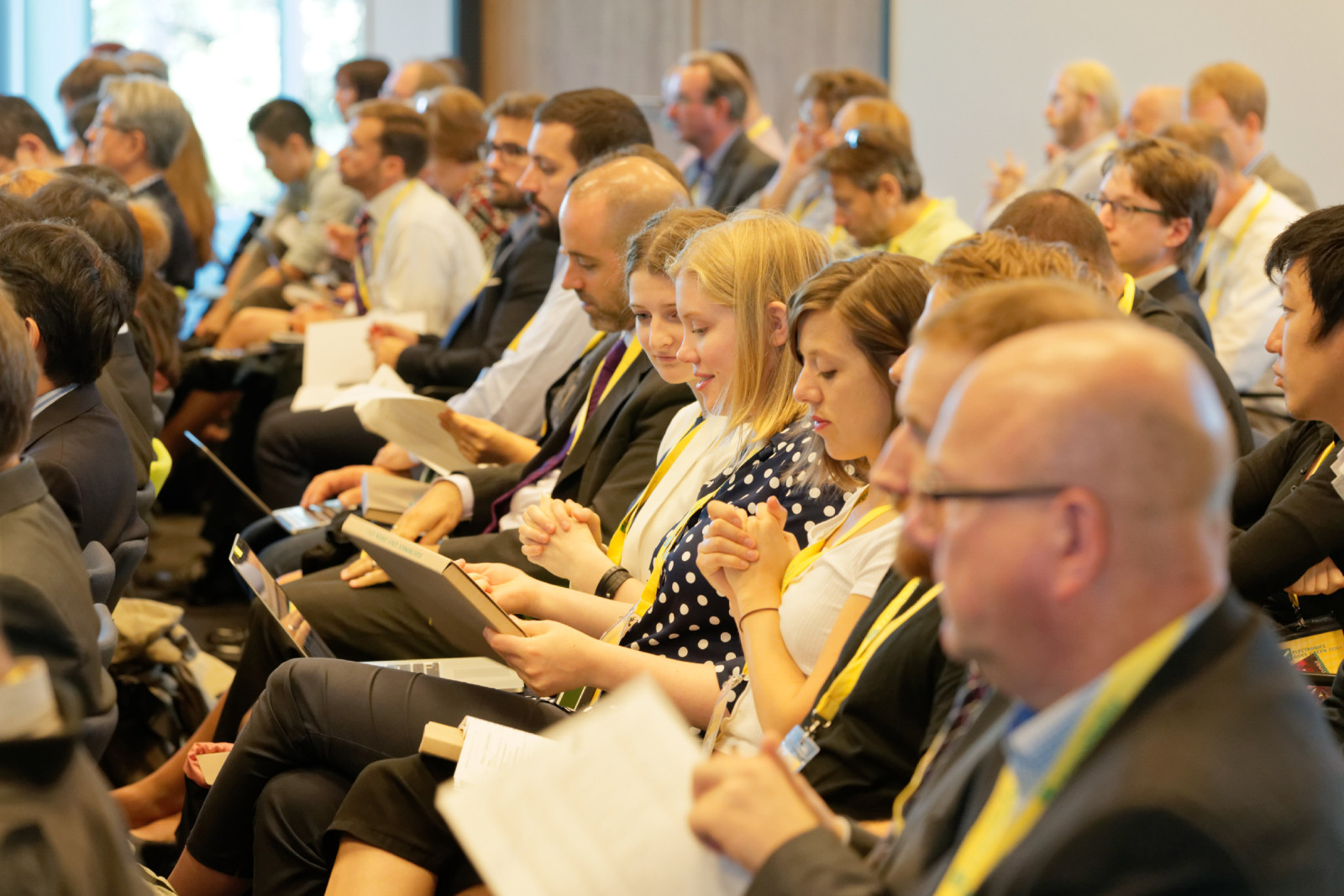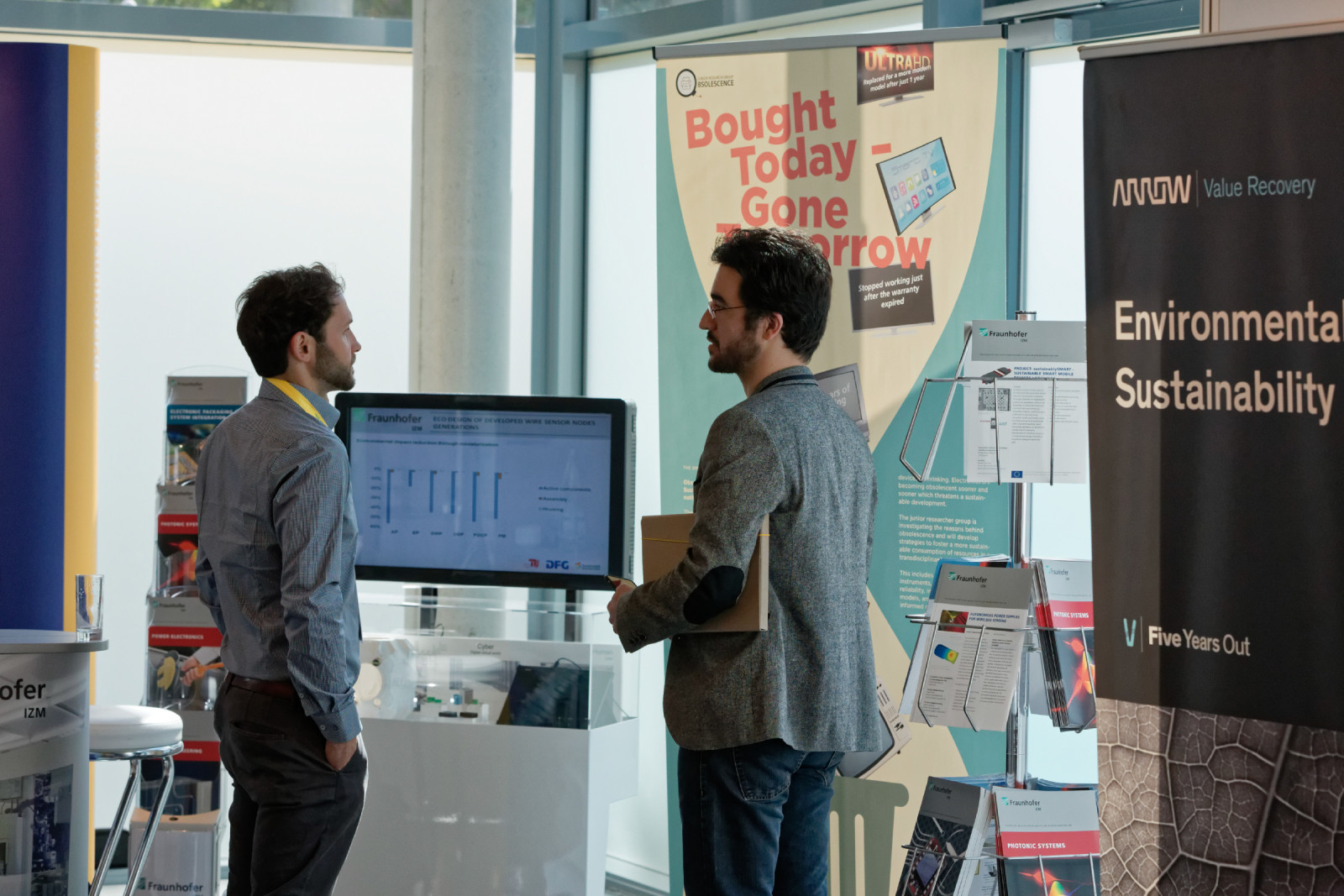Electronics Goes Green 2016+ | September 7-9, 2016
The Place to Be Every Four Years: Electronics Goes Green
From September 7th-9th, Berlin was host to the world’s leading conference on sustainability in electronics. A look back at the proceedings:
Investing EU funds into researching the circular economy is a waste of money. Recycling critical metals is pointless. And the WEEE directive should be a case for the European Court of Justice. The proposals made by the researchers in the so-called provoquium were not for the faint-hearted, even though they came with a knowing nod and a wink. The format, dedicated to taking arguments to the extremes of provocation, were again a popular part of Electronics Goes Green, the world’s largest conference dedicated to sustainability in electronics. More than 160 presentations and workshops brought researchers, environmentalists, and engineers from all four corners of the globe to Berlin, where they spent their time debating green electronics, recycling, and the need to close the loop for a true circular economy. This idea of the circular economy featured prominently in no less than half of the sessions. In addition to the potential extension and improvement of the recycling of electronics and the need to manage the flows of waste on a global scale, several sessions addressed new business models and ways to improve the repairability of electronics. Modular construction is gaining ground even for highly integrated devices like smartphones and tablet computers, as Karsten Schischke of the Fraunhofer Institute for Reliability and Microintegration IZM revealed in the Green ICT session. The most innovative concepts can be expected from small boutique firms, as even Google decided to unceremoniously drop its modular smartphone Ara just before the conference.
The circular economy was also on everybody’s lips in the Closing the Information Gaps workshop. Arjen Wittekoek, Managing Director of the Dutch recycling specialists Coolrec, called attention to the fact that the recycling industry urgently needs manufacturers to disclose more information about their products. The information gap is preventing effective work and becoming a serious safety risk. Kyle Wiens, Managing Director of iFixit from the United States, was also vocal in his criticism of electronics manufacturers. Many companies are replacing screws with glues to hold their devices together, making them harder to disassemble and repair. One example: “The battery in the iPad is glued on and needs to be heated for removal. That is extremely complicated”, the professional electronics tinkerer and beacon of the self-repair movement explains. And it is not the price that decides whether a device is harder or easier to take apart: In just ten minutes, Wiens disassembled a flat screen TV made by the lesser known company Manta in just ten minutes at his teardown booth.
Electronics Goes Green can be considered a fine-tuned mood barometer for the industry and a hotbed for new projects and partnerships: another reason for many attendees to come to Berlin. “For us, this is the place to be to find research partners. It is the top event in our field”, Heinz-Werner Böni from the Swiss research institute EMPA emphasizes. However, he has noticed certain trends. The larger manufacturers are not as involved, and public institutions are virtually missing: “Maybe there are ways to get them in touch with the event.” This could be a goal for the next instalment of Electronics Goes Green, which will be hosted again by the Fraunhofer Institute for Reliability and Microintegration IZM in cooperation with the Technical University of Berlin in four years’ time.
Last modified:
 Fraunhofer Institute for Reliability and Microintegration IZM
Fraunhofer Institute for Reliability and Microintegration IZM
